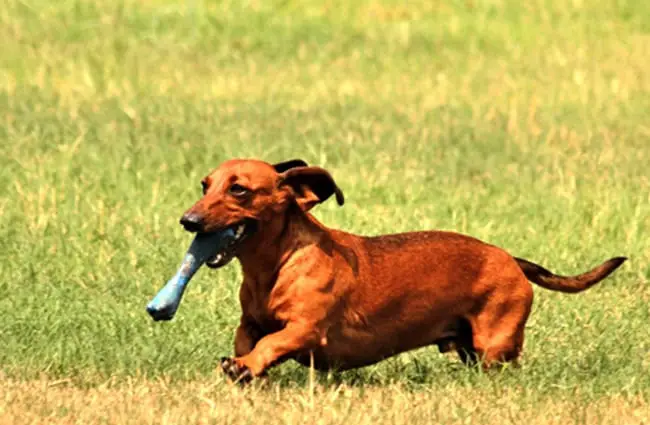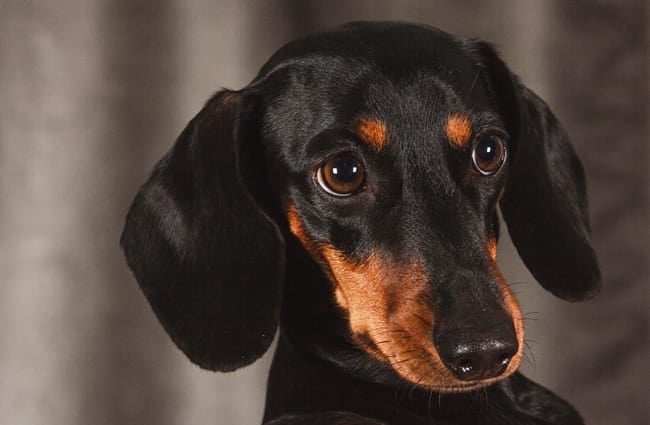The world of canine companions is wonderfully diverse, and within it, few breeds possess the unique charm and compelling history of the Dachshund. Often described as “wiener dogs” or “sausage dogs” due to their elongated bodies, these spirited little hounds offer a surprising blend of tenacity, intelligence, and affection. This comprehensive guide explores everything prospective owners need to know about welcoming a Dachshund into their lives.

A History Rooted in Hunting
The Dachshund’s origins trace back to the 15th‑century in Germany, where they were meticulously bred to hunt badgers. The name itself, “Dachshund,” literally translates to “badger dog” in German. Their low‑slung bodies and powerful digging paws were perfectly suited for entering badger setts and other underground dens. Over time, variations emerged to hunt different prey. Larger Dachshunds were developed to pursue boar and deer, while smaller versions focused on rabbits and other small game. This specialized breeding shaped not only their physical characteristics but also their courageous and determined personalities.
Physical Characteristics and Variations
Dachshunds are instantly recognizable for their long bodies, short legs, and expressive faces. They typically stand between 8 and 9 inches tall at the shoulder and weigh from 16 to 32 pounds as standards. Miniature Dachshunds, developed to hunt smaller prey in confined spaces, weigh 11 pounds or less. Recent additions include Kaninchen Dachshunds, which are slightly smaller than miniatures, and occasionally oversized standards. Color variations are numerous, including red, black‑and‑tan, chocolate‑and‑tan, cream, blue, and Isabella.
There are three coat types. Smooth‑haired Dachshunds have a short, glossy coat. Wire‑haired Dachshunds boast a rough, wiry outer coat and a soft undercoat. Long‑haired Dachshunds possess a sleek, flowing coat that requires regular grooming.

Temperament and Behavioral Traits
Dachshunds are known for their big personalities packed into small frames. They are intelligent, independent, and often quite playful. Their hunting background contributes to a strong prey drive, so careful supervision around smaller animals is essential. They can be quite vocal, readily announcing the arrival of visitors or anything that captures their attention.

Dachshunds are often described as “stubborn,” but this is more a reflection of their independent nature and intelligence. They require consistent, positive reinforcement training. Early socialization is crucial to help them become well‑adjusted and confident around new people and environments. They can be quite attached to their families and may exhibit some separation anxiety if left alone for extended periods.
Caring for Your Dachshund
Providing a happy and healthy life for a Dachshund requires attention to their specific needs.
Diet and Exercise
Dachshunds are prone to weight gain, which can exacerbate their back problems. A carefully measured, high‑quality diet is essential. Regular, moderate exercise is crucial to maintain a healthy weight and muscle tone. Daily walks, playtime, and puzzle toys can help keep them physically and mentally stimulated. Avoid activities that put excessive strain on their backs, such as jumping from heights or running up and down stairs.
Grooming
Grooming requirements vary depending on the coat type. Smooth‑haired Dachshunds need minimal grooming, while wire‑haired Dachshunds benefit from regular brushing and stripping to maintain their coat’s texture. Long‑haired Dachshunds require frequent brushing to prevent mats and tangles. All Dachshunds need regular nail trimming and dental care.

Health Concerns
Dachshunds are predisposed to certain health conditions. Intervertebral Disc Disease (IVDD) is a common concern due to their long backs. Maintaining a healthy weight, avoiding high‑impact activities, and providing supportive bedding can help minimize the risk. Other potential health issues include progressive retinal atrophy (PRA), obesity, and diabetes. Regular veterinary checkups are essential for early detection and treatment.
Creating a Dachshund‑Friendly Environment
Protecting a Dachshund’s back is paramount. Provide ramps to help them access furniture and beds. Use supportive bedding, especially as they age. Avoid slippery floors or cover them with rugs. Supervise their interactions with children and other pets to prevent accidental injuries. A safe and comfortable environment will help them thrive.

Beyond the Basics: Understanding the Dachshund Mind
For those seeking a deeper understanding of the breed, it’s important to acknowledge the legacy of their hunting instincts. Dachshunds are natural diggers, and this behavior should be redirected to appropriate outlets, such as a designated digging pit. They also enjoy scent work and puzzle toys that challenge their intelligence. Their independent nature means they may not always be eager to please, but their affection and loyalty are unwavering.

Training a Dachshund requires patience, consistency, and positive reinforcement. Short, engaging training sessions are more effective than long, drawn‑out ones. Focus on rewarding desired behaviors and avoid punishment. Early socialization is crucial to help them become well‑adjusted and confident around new people, animals, and environments.
Are Dachshunds the Right Breed for You?
Dachshunds are charming, intelligent, and loyal companions. They are well‑suited for families, couples, and individuals who can provide them with the attention, exercise, and care they need. However, they are not the right breed for everyone. Their independent nature, potential health concerns, and need for consistent training require a dedicated owner who is willing to invest the time and effort to meet their specific needs.

If you are seeking a small, spirited companion with a big personality, a Dachshund may be the perfect addition to your life. With proper care and training, these little hounds will bring years of joy, laughter, and unwavering companionship.






![Red Angus Closeup of a beautiful Red Angus cowPhoto by: U.S. Department of Agriculture [pubic domain]https://creativecommons.org/licenses/by/2.0/](https://animals.net/wp-content/uploads/2020/03/Red-Angus-4-100x75.jpg)

